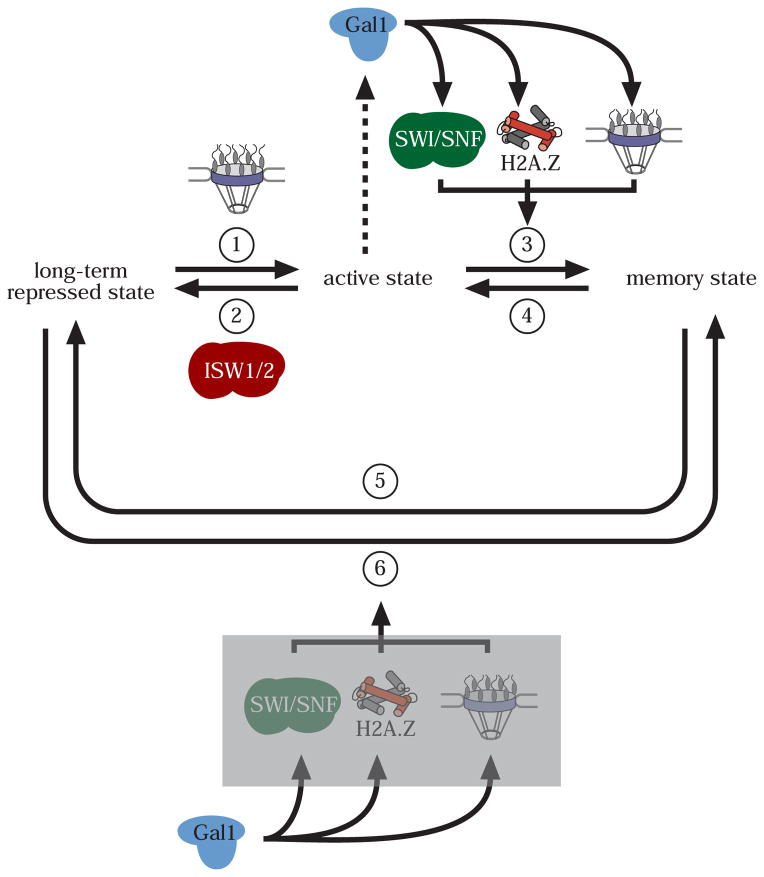Figure 2. Regulation of transcriptional memory.
The states and the interconversion between them are the same as in Figure 1. Conversion between the three states is regulated by the production of a cytoplasmic regulator (the Gal1 protein in the case of the GAL genes). The cytoplasmic regulator functions upstream of the SWI/SNF chromatin remodeling complex, the H2A.Z histone variant and peripheral localization (indicated as the NPC) to promote transcriptional memory (step 3). Because we cannot order these events relative to each other currently, I represent them as parallel inputs. SWI/SNF is necessary to counteract the conversion of the active state into the long-term repressed state by the ISW1 and ISW2 complexes. The memory state can be generated directly from the long-term repressed state by expression of the cytoplasmic regulator (artificial memory; step 6). Grey box: possible role for SWI/SNF, H2A.Z and peripheral localization in the generation of artificial memory.

